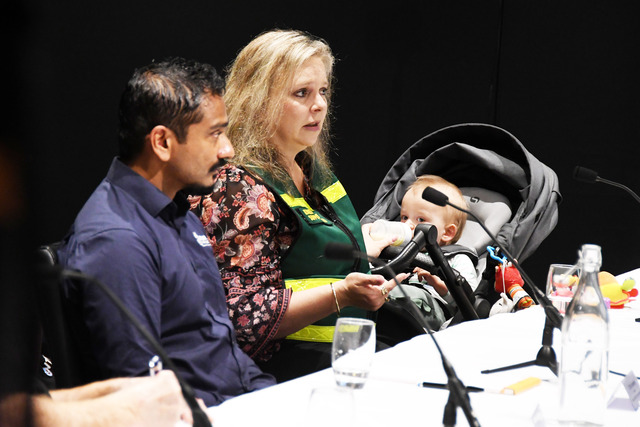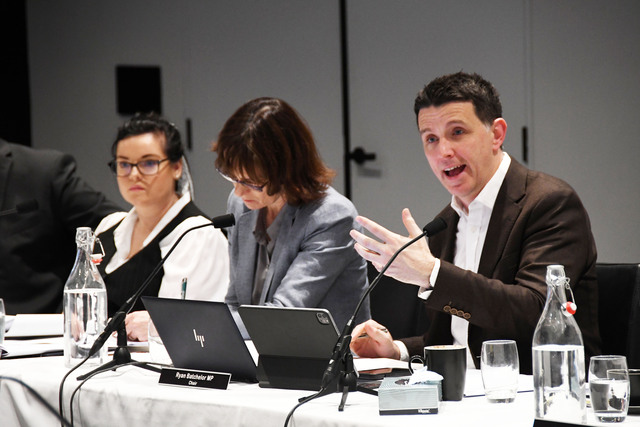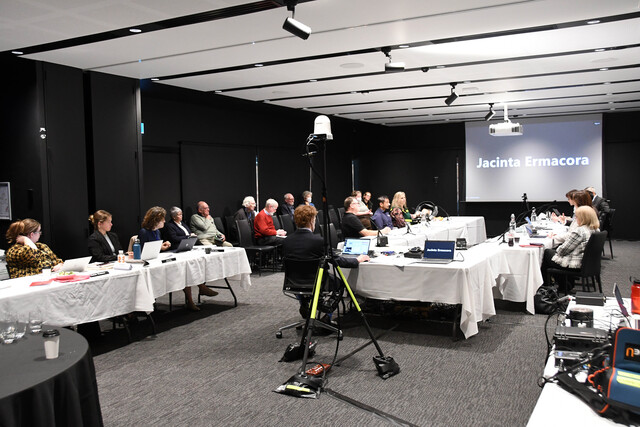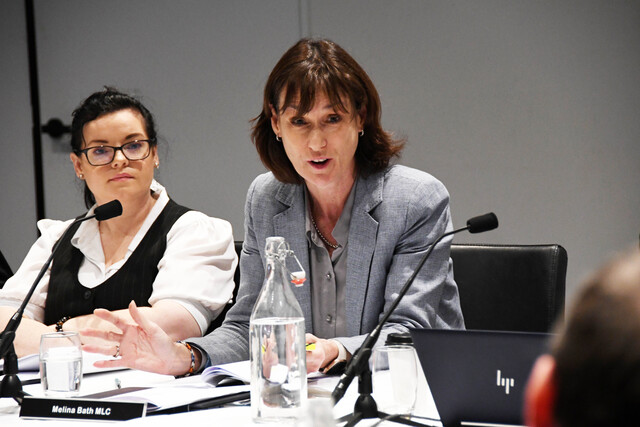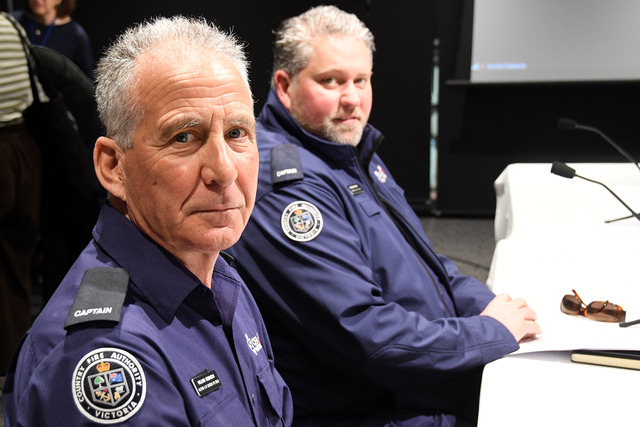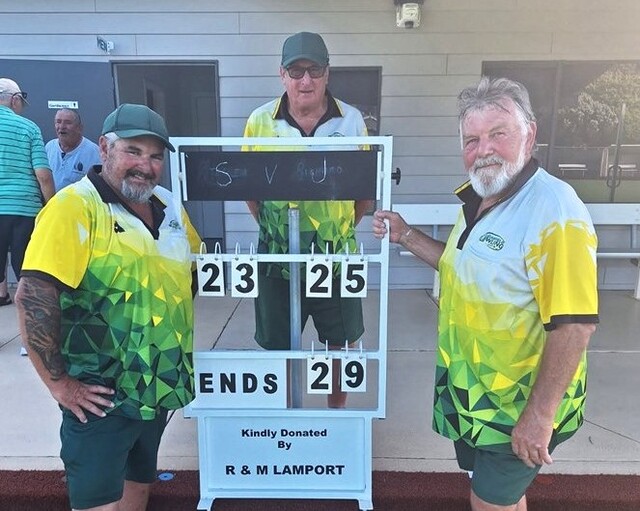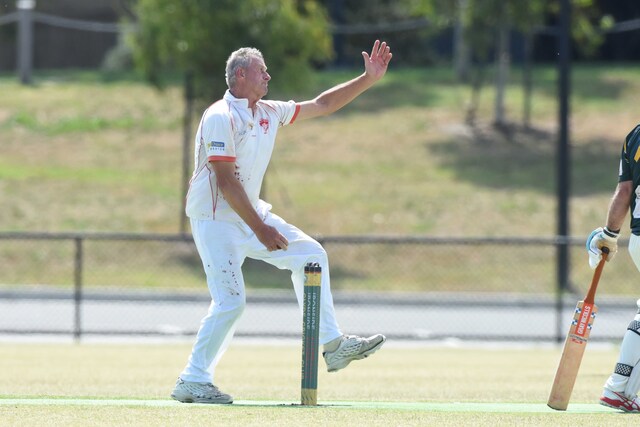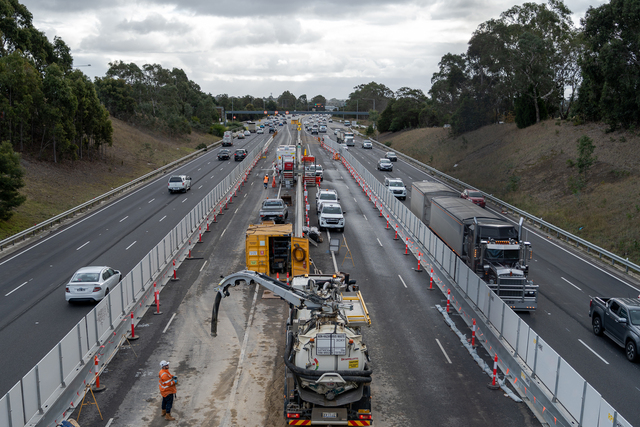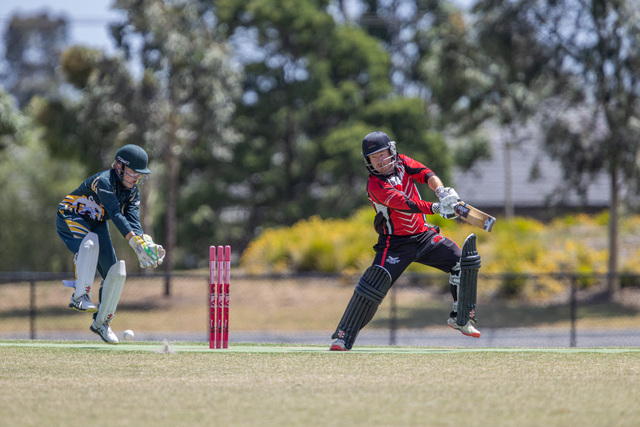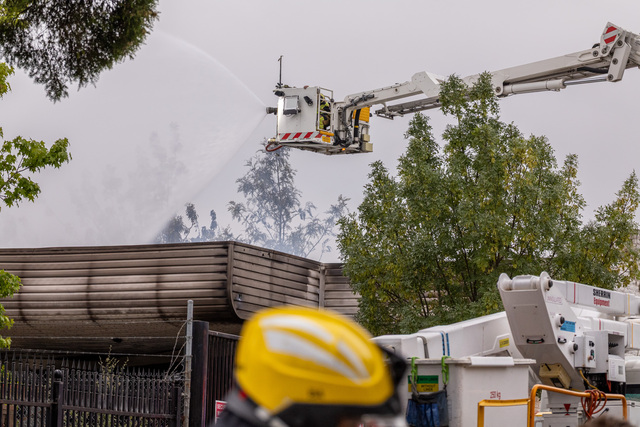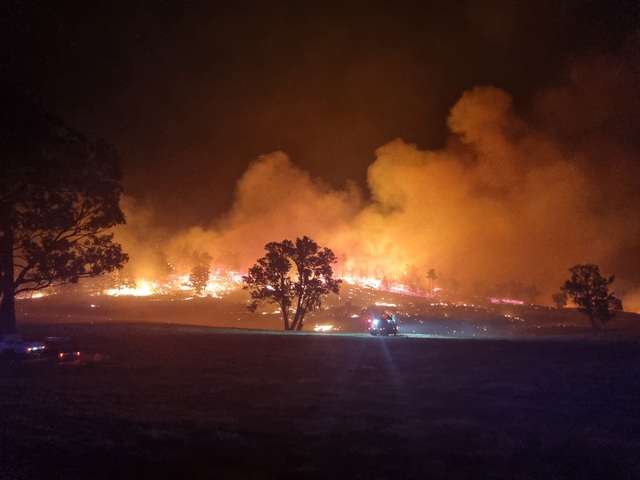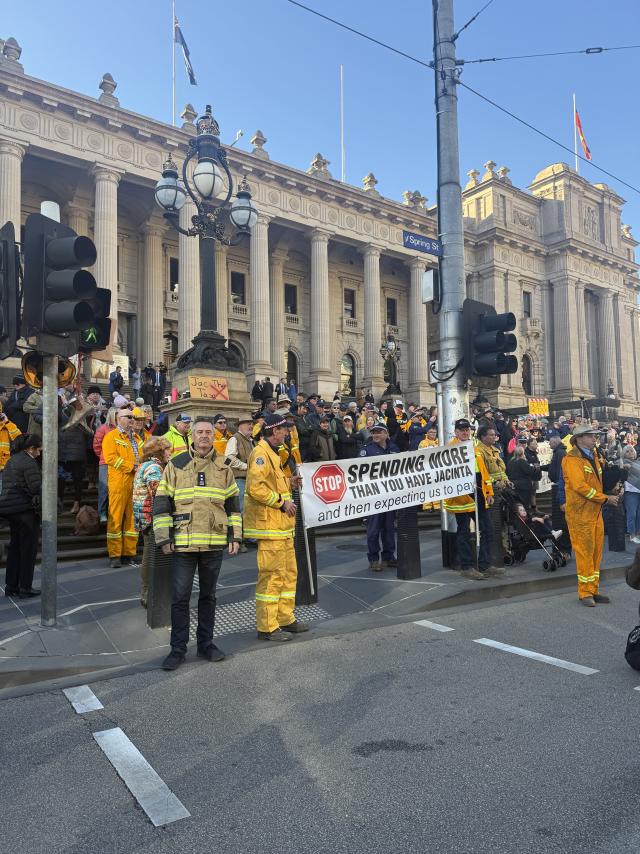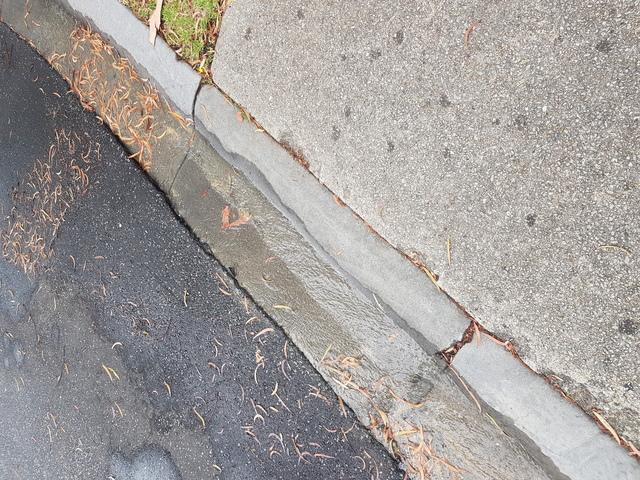The immediate need for improved telecommunications infrastructure, risk management and sustainable funding were all raised as among touchstones for enhanced climate resilience.
The parliamentary inquiry into the state’s climate resilience ventured to Emerald on Thursday 10 October, with representatives from Cardinia Council, the Emerald Village Association and local CFA captains and emergency management groups airing concerns after experiencing major climate-induced events in recent years.
Significant funding challenges in both proactive and reactive approaches to climate-induced events was raised as an essential element of the immediate response from the State Government.
Emerald Village Association Planning, Tourism and Environment sub-committee chair Trevor Budge and committee members Claude Cullino and Kate Forster made a presentation to the inquiry, centred around calling for a more proactive and future-focused approach.
“We’re seeing strong emergency planning, but in terms of future planning, climate resilience, not really,” Ms Forster said.
“They’re looking back, rather than looking at the science to look forward.
“The interdependence of power and communication… has not been adequately addressed or acknowledged.”
Ms Forster said a large part of the emotional trauma of the February storms came from not knowing when the power would return and receiving little to no communication from the power company.
“Emotionally, in terms of communication, we had zero accuracy from the power company,” she said.
In its submission to the enquiry, the Emerald Village Association highlighted a number of issues it had with the February storm events and the aftermath, including miscommunication between different authorities and service providers, lacking infrastructure and poor planning procedures.
“Residents and businesses have been inundated with information and ‘solutions’,” the submission said.
“However, we have found that access to reliable information, and accountability for services and actions can be a confusing jumble of organisations, private and public.
“This has raised questions about who is undertaking what action, who is giving directions, providing services and to what standard, and who is responsible for rebuilding infrastructure networks and creating greater resilience.”
Other recommendations outlined in EVA’s submission included for AusNet Services and Cardinia Council to improve its vegetation management compliance and for certain councils to submit Electric Line Clearance Management Plans to Energy Safe Victoria.
South East Councils Climate Change Alliance (SECCCA) operations manager Daniel Pleiter said an established framework for climate resilience and response at a whole council level was still something that needed to be developed.
“What we need at the end of the day is certainty and clarity around what we need to do and consistency,” he said.
“At the moment, we are all as, alliances of councils or individual councils…we’re all going about that more or less the same, but still, there’s no established framework, and there’s no clarity, if you like, on how we then respond collectively, consistently, to the community.
“If we’re building something back, it’s got to be something that’s going to withstand the next event.”
Emerald and Cockatoo Emergency Support Team volunteer Rachel Mechielsen said telecommunication companies should be brought to the forefront in any future incident control centres (ICC).
“We’re aware that telecoms are federally legislated but we would like to see the telcos compelled to have a seat in the ICC or the state control centre and be a part of the response, because at the moment, there’s nothing compelling them to do that,” she said.
Kalorama and Mt Dandenong Fire Brigade captain Bill Robinson Emerald Fire Brigade captain Klaus Brodeck were on the receiving end of this lack of communication infrastructure.
“These vital services, in some instances, took weeks to repair, and the inability for people to call Triple Zero after the event was not acceptable,” he said.
“There was no way to share information with some people on how help could be accessed, no communication, essentially off the mountain, cutting Emerald off from the outside world.”
Mr Brodeck said while the last major bushfire for the Dandenong Ranges occurred in 1997, storm related events have kept the brigade busy.
“We attended 32 emergency calls in February this year, and that’s our busiest month in over 20 years,” he said.
“We attended house fires caused by the effects of not having power. We attended to people trapped in cars and houses under trees.
“The follow up storms also brought lightning strikes, creating fires. We assisted ambulances helping elderly people living at home without power, and their personal monitoring alarms went off.”
Mr Brodeck and Mr Robinson said the coordination from the ICC was also lacking during the storm events, with CFA volunteers told not to self-deploy but not getting the instruction on what to do, even though volunteers had eyes and ears on what was needed.
As more storm events occur, Mr Brodeck said while the SES is the lead authority, CFA volunteers have similar skill sets that can be of incredible use.
“Where the frustration comes in is that SES don’t have the resources we do,” he said.
“They’ve got 5000 volunteers, and we’ve got 50,000 volunteers statewide.
“Within Emerald SES’s response area there’s 12 different CFA brigades who all have similar skill sets with chainsaw and four wheel drive vehicles and do the same sort of thing so essentially, we can assist.”
As these events become more frequent and vary in intensity, all parties in attendance said appropriate steps to improving policies, funding and recovery would be essential to the region.
Legislative Council Environment and Planning Committee chair Ryan Batchelor thanked all submitters for their comprehensive insights into what’s needed when the committee finalises its recommendations for June next year.

